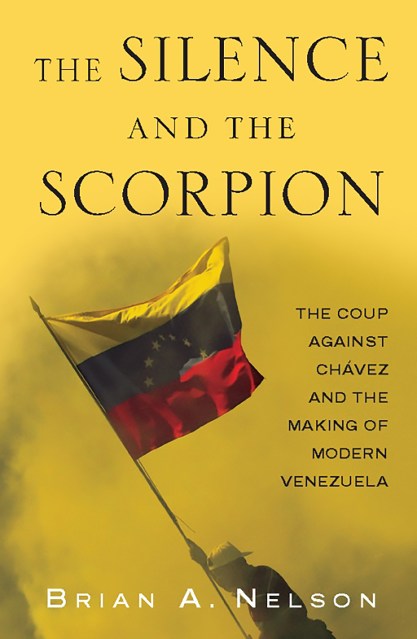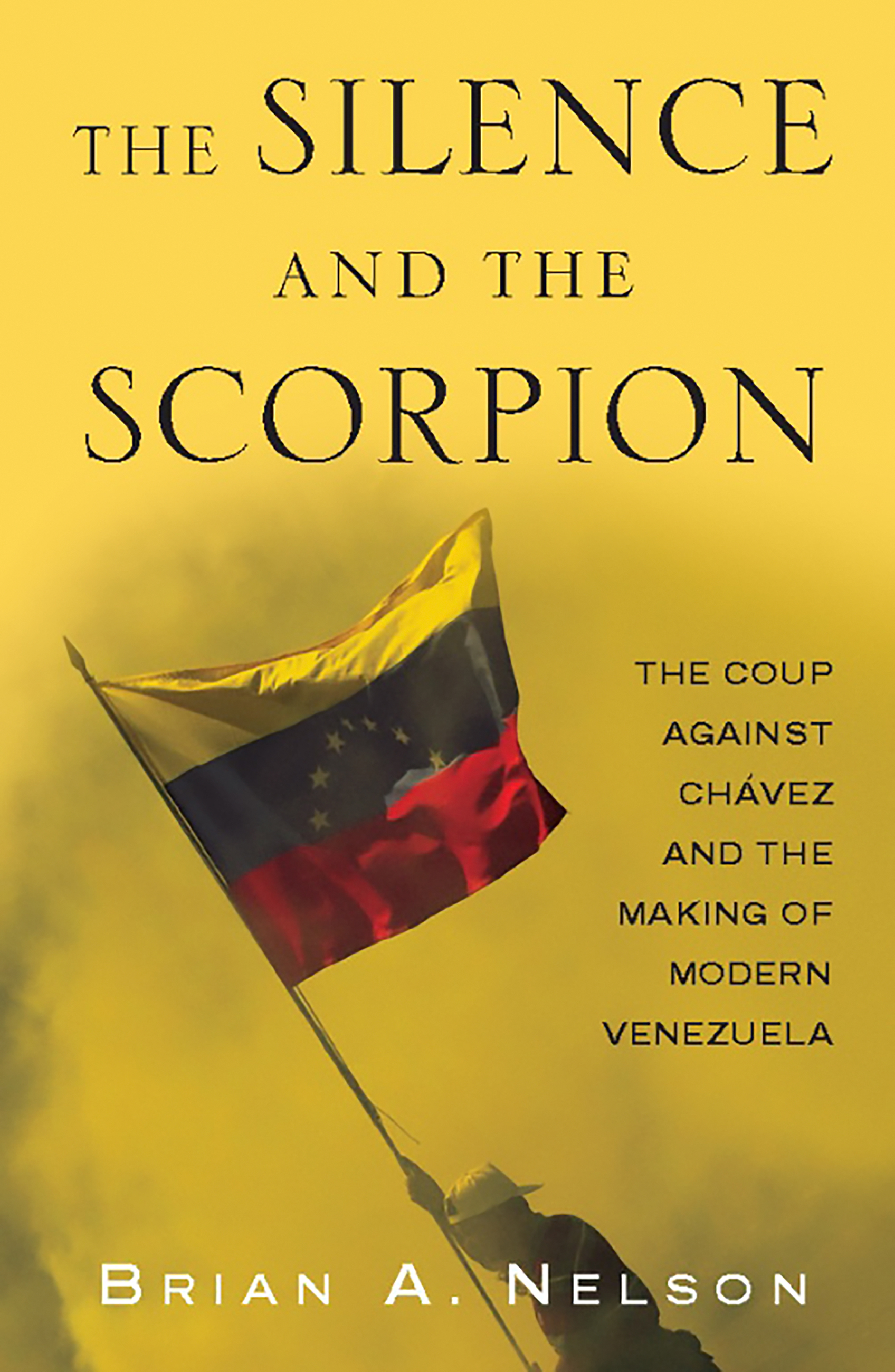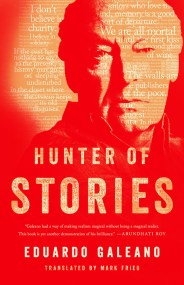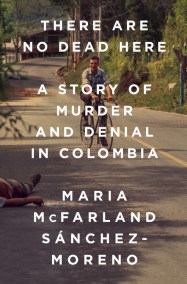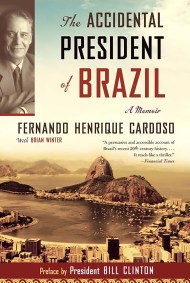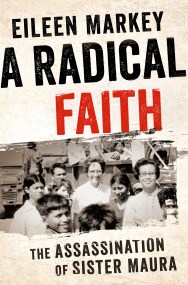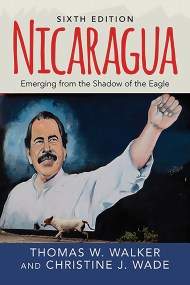Promotion
Use code MOM24 for 20% off site wide + free shipping over $45
The Silence and the Scorpion
The Coup Against Chavez and the Making of Modern Venezuela
Contributors
Formats and Prices
Price
$12.99Price
$16.99 CADFormat
Format:
ebook $12.99 $16.99 CADThis item is a preorder. Your payment method will be charged immediately, and the product is expected to ship on or around May 5, 2009. This date is subject to change due to shipping delays beyond our control.
Also available from:
An exemplary piece of narrative journalism, The Silence and the Scorpion provides rich insight into the complexities of modern Venezuela.
Genre:
-
Named one of the "Books of the Year" 2009 by The Economist
“…superbly researched…”
“…a compelling narrative…”
“…scrupulously unbiased…”
“It should be read by all those who continue to believe that Mr. Chávez is a worthy champion of democracy and the oppressed.” —The Economist
“…refreshingly impartial and objective…”
“The 2002 coup gives the author a good handle to employ his impressive investigative and storytelling talents, and he succeeds in shedding new light on the complex questions facing Latin America’s most polarize society.”
“…a welcome contribution to the burgeoning literature on Venezuela under the controversial rule of Hugo Chavez.” —America Magazine
“The events of the April 2002 Venezuelan coup to oust President Hugo Chavez are brought to light here in unparalleled investigative reporting by Nelson…”
“His fascinating and harrowing account is part documentary, part eyewitness to history, yet always riveting.”
“At times reading like fiction, his enjoyable text is the definitive account of Chavez's ouster and return, devoid of loyal or opposition rhetoric.”
“Highly recommended.” — -
Library Journal
“fast-paced” & “engaging” —Kirkus
“Nelson takes readers from the streets to the halls of the presidential palace, from frightened journalists smuggling tapes of riots back to their stations to be put on the air to a terrified Chávez. …[H]is status as a foreigner familiar with the culture of Caracas and an experienced journalist and academic gives him a unique vantage point from which to tell the very personal stories of those three days of chaos.” —Publishers Weekly
“…a must read for anyone seeking to get an unbiased and comprehensive account of the two most controversial days of the Chávez presidency.”
“Nelson treats the April 11th events with hard-earned restraint, fairness, and an absence of the kind of confrontation and anger that has come to characterize the political debate in Venezuela.” —Huffington Post
“…very readable, providing wonderfully detailed firsthand accounts of the coup.”
—NACLA Report on the Americas
“…an enthralling read…shot through with vivid details and strewn with telling and yet all-but-forgotten pieces of the April Puzzle.” —Caracas Chronicles
- On Sale
- May 5, 2009
- Page Count
- 384 pages
- Publisher
- Bold Type Books
- ISBN-13
- 9780786727445
Newsletter Signup
By clicking ‘Sign Up,’ I acknowledge that I have read and agree to Hachette Book Group’s Privacy Policy and Terms of Use
